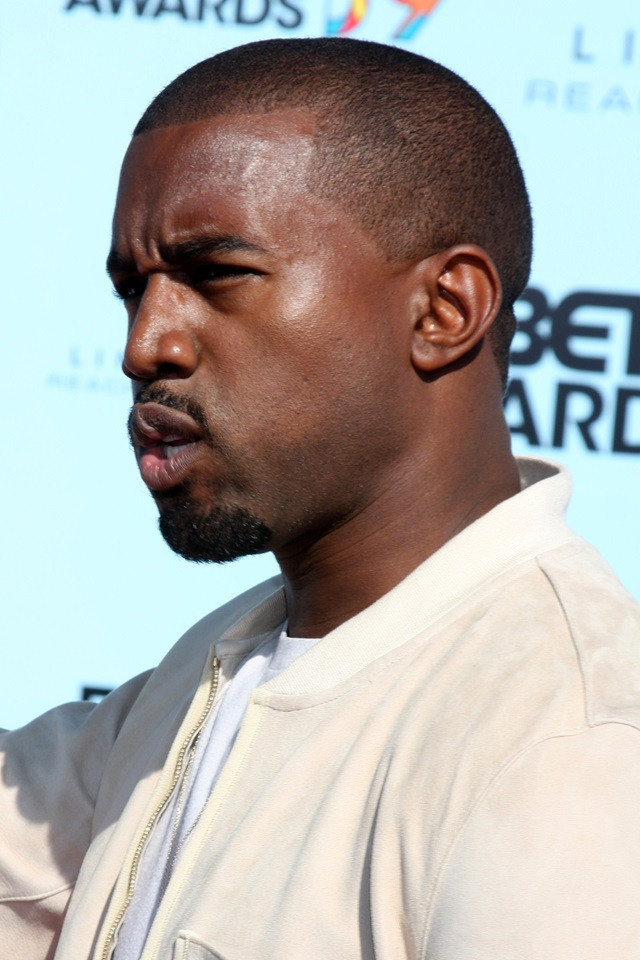Kanye West, now officially known as Ye, has once again disrupted the music industry with the release of his album ‘Donda 2’.
Opting out of traditional streaming platforms, Ye chose to distribute the album exclusively through his own device, the Stem Player. This decision has sparked discussions about artist autonomy, revenue models, and the future of music consumption.
What Is the Stem Player and What Does Kanye West Have to do With it?
The Stem Player is a $200 device that allows users to manipulate individual elements of a song—vocals, drums, bass, and samples—offering a personalized listening experience. By releasing ‘Donda 2’ solely on this platform, Ye bypassed streaming services like Spotify and Apple Music, citing concerns over the minimal revenue artists receive from these platforms. He stated, “Today, artists get just 12% of the money the industry makes. It’s time to free music from this oppressive system.”
Chart Ineligibility and Industry Response
This unconventional release strategy had immediate implications. Billboard ruled that ‘Donda 2’ was ineligible for chart placement due to its exclusive bundling with the Stem Player, which violates their merchandise bundle policy. Ye responded on Instagram, celebrating the move as a “big win,” emphasizing his desire to create his own systems and set his own value.

Financial Impact and Fan Reception
Despite the chart’s ineligibility, the financial returns were significant. Ye reported earning $2.2 million within 24 hours of the album’s release through Stem Player sales. This approach not only provided a new revenue stream but also offered fans a unique, interactive way to experience his music.
Critics had mixed reactions to ‘Donda 2’. Some praised the innovative distribution method, while others felt the album lacked cohesion and polish. Nonetheless, Ye’s move has opened up conversations about alternative distribution models and the potential for artists to have greater control over their work.
Kanye West’s release of ‘Donda 2’ via the Stem Player marks a significant moment in the music industry. By challenging traditional distribution channels and advocating for artist autonomy, Ye has set a precedent that could influence how music is released and consumed in the future.Whether this model will be widely adopted remains to be seen, but it undeniably underscores the evolving landscape of music distribution.




